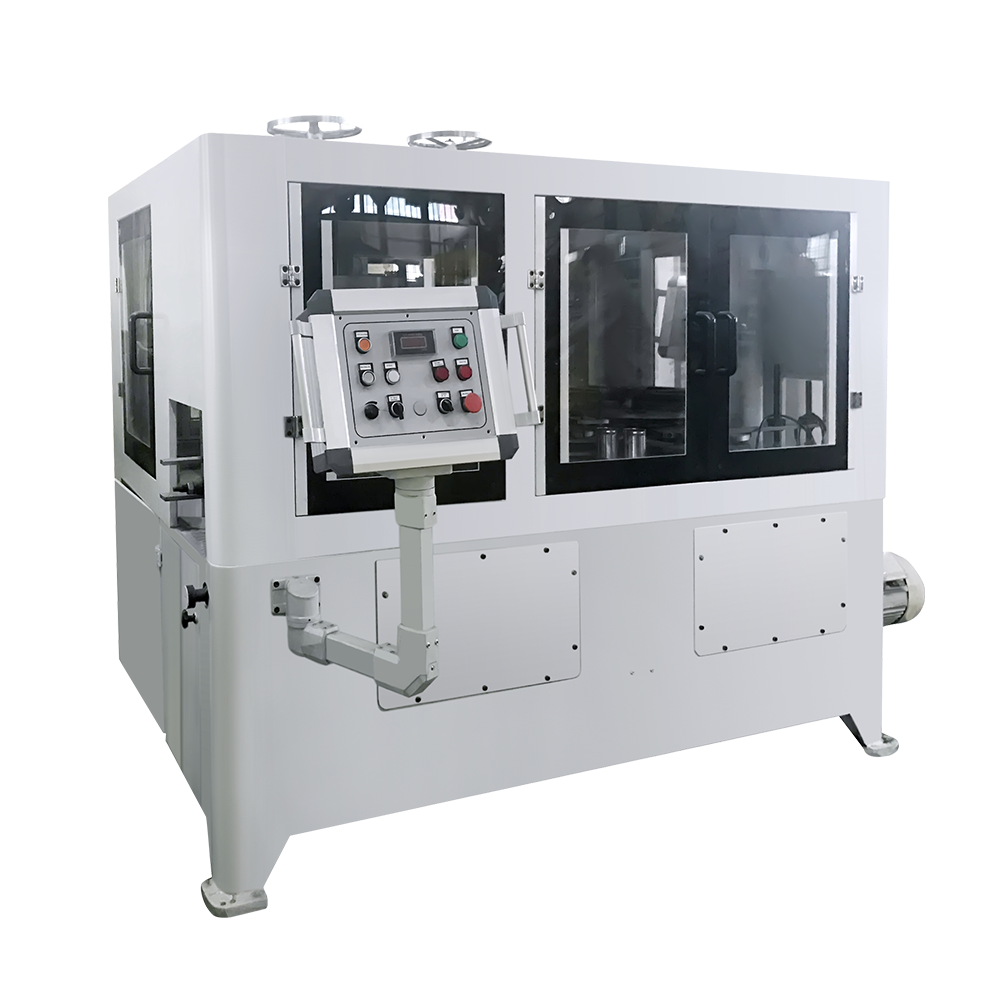In the manufacturing process of food and beverage cans, after metal raw materials go through multiple links such as stamping, shearing, forming and welding, scraps, fragments and other types of waste will inevitably be produced. In order to improve the utilization of raw materials, reduce production costs, and respond to the current increasing emphasis on resource conservation and environmental protection, many food beverage can manufacturing machines are equipped with waste recycling systems in their design and applications. This system not only helps the production site to be clean and orderly, but also provides guarantees for the sustainable development of the enterprise.
Waste recycling systems are generally integrated in multiple key stations of the equipment, especially in the shearing and stamping processes. The stamping process will cut the metal sheet into a predetermined shape according to the design size of the tank body, and the edges will often form residual material strips and small pieces of residue. If not collected and disposed of in a timely manner, these wastes will not only accumulate on the production line and affect the operation of the equipment, but may also pose a hidden danger to the safety of the operators. The waste recycling system can quickly separate and clean the scrap metal by setting up an automatic discharge port, a waste conveyor belt and a centralized collection box to ensure smooth work in the workshop.
In the welding process, tiny chips of metal, welding slag and fines generated during dressing are also included in the scope of waste recycling. Some equipment uses local suction devices to promptly suck particles generated during welding into the filtration system and collect them in a classified manner. This not only protects the transmission structure of the equipment from being disturbed by metal residues, but also improves the quality stability of the welds.
In terms of material utilization control, some food and beverage can manufacturing equipment also integrates scraps optimization identification function. The plate layout scheme is adjusted through an automated programming system to minimize the amount of waste generated as much as possible. When the waste has been generated, the waste recycling system can uniformly introduce it into the compression device to briquet the metal fragments to facilitate subsequent transportation and reuse.
Further approaches include establishing a collaborative mechanism with external resource recycling companies to classify, count and regenerate waste materials, so that they can re-enter the metal raw material supply chain and form a closed cycle. The company considers the layout of the waste recycling system in the initial planning stage of equipment, which also reflects the implementation of the concept of green manufacturing and reduces the burden on the environment from the source.
The operating status and collection volume of the waste recycling system are usually incorporated into the control panel of the equipment or the production management system. Management personnel can use data monitoring to judge the use efficiency of raw materials and waste generation trends in a certain production batch, providing a basis for subsequent process optimization. For example, when the waste rate of a certain mold is significantly higher than the average, the system can promptly remind the maintenance personnel to verify or replace the mold accuracy.
The food beverage can manufacturing machine is equipped with a waste recycling system, which is not only a response to the actual needs of waste production during the process, but also an important measure for enterprises to improve comprehensive benefits, control production costs, and achieve green development. The rational operation of this system not only helps to improve the cleanliness and work efficiency of the production site, but also reflects the continuous attention of the manufacturing link to resource conservation and environmental protection responsibilities.









